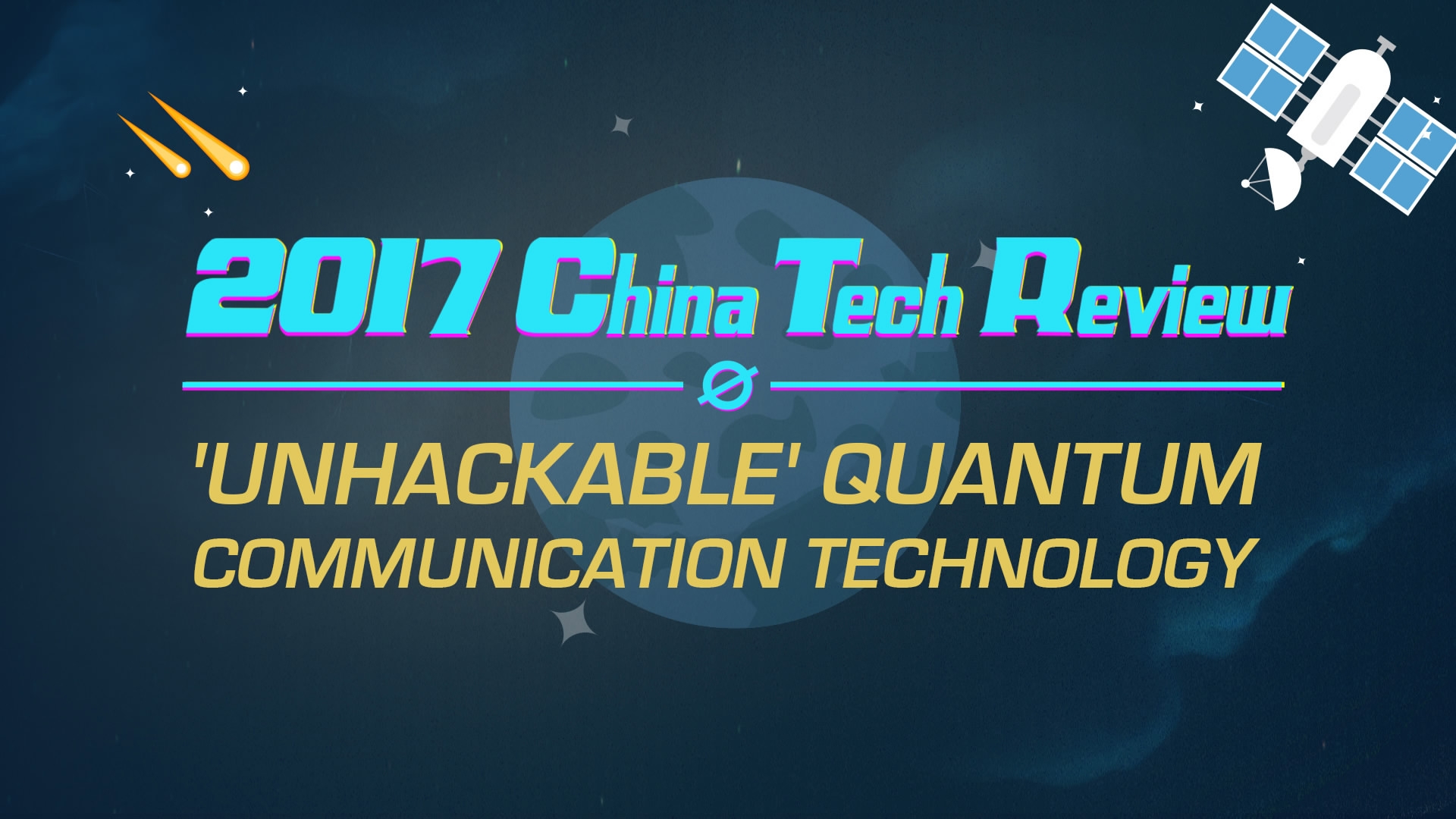The year of 2017 is a testament to China’s efforts and achievements in the field of quantum communication technology.
Mozi satellite
With a Long March 2D rocket, China launched its first quantum science satellite in Jiuquan Satellite Launch Center in 2016, nicknamed “Mozi” in honor of the ancient Chinese philosopher born around 470 B.C.
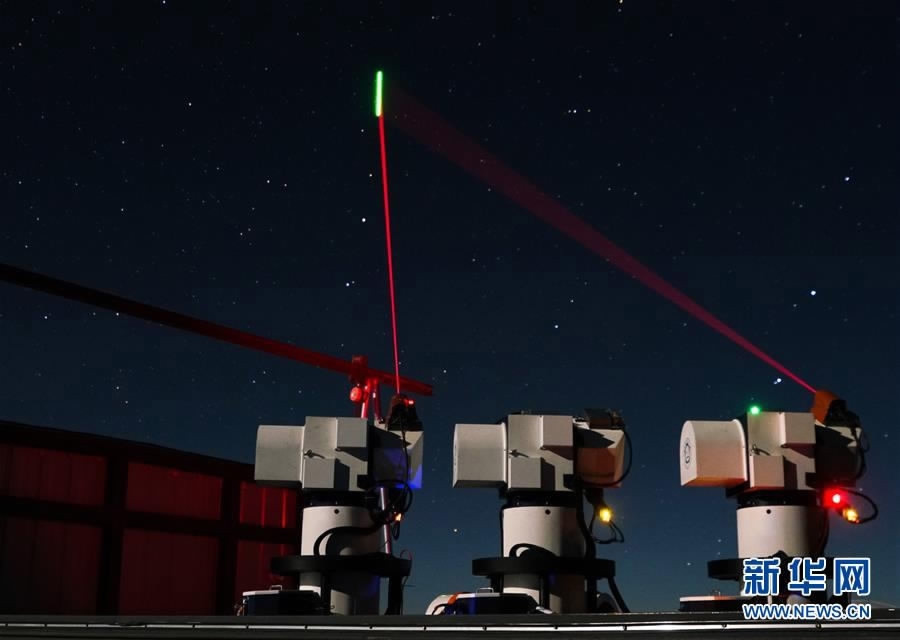
Mozi was developed by the National Space Science Center in Beijing under the Chinese Academy of Sciences (CAS)./Xinhua Photo
Mozi was developed by the National Space Science Center in Beijing under the Chinese Academy of Sciences (CAS)./Xinhua Photo
As the world’s first quantum communication satellite, Mozi is expected to provide a technical foundation for China to build a self-developed ultra-secure communication system.
In addition, it has been tasked with performing pioneering experiments in quantum communication, quantum entanglement, and testing the fundamental laws of quantum mechanics in space. (
Click here to read more about Mozi satellite)
Quantum technology
Compared to traditional communication technologies, quantum communication technology uses quantum photons to make it much more difficult for people to intercept information. In other words, the quantum communication network is considered safer and more stable.

Quantum communication technology is considered one of the most secure information delivery methods at present. /VCG Photo
Quantum communication technology is considered one of the most secure information delivery methods at present. /VCG Photo
More specifically, two parties can exchange secret messages by sharing an encryption key encoded in the properties of the entangled particles. If someone tries to "steal" the information, the quantum communication network will change its characteristics to prevent data from being intercepted without alerting the network.
China’s achievements
In fact, China has made tremendous efforts in developing quantum technology over the years.
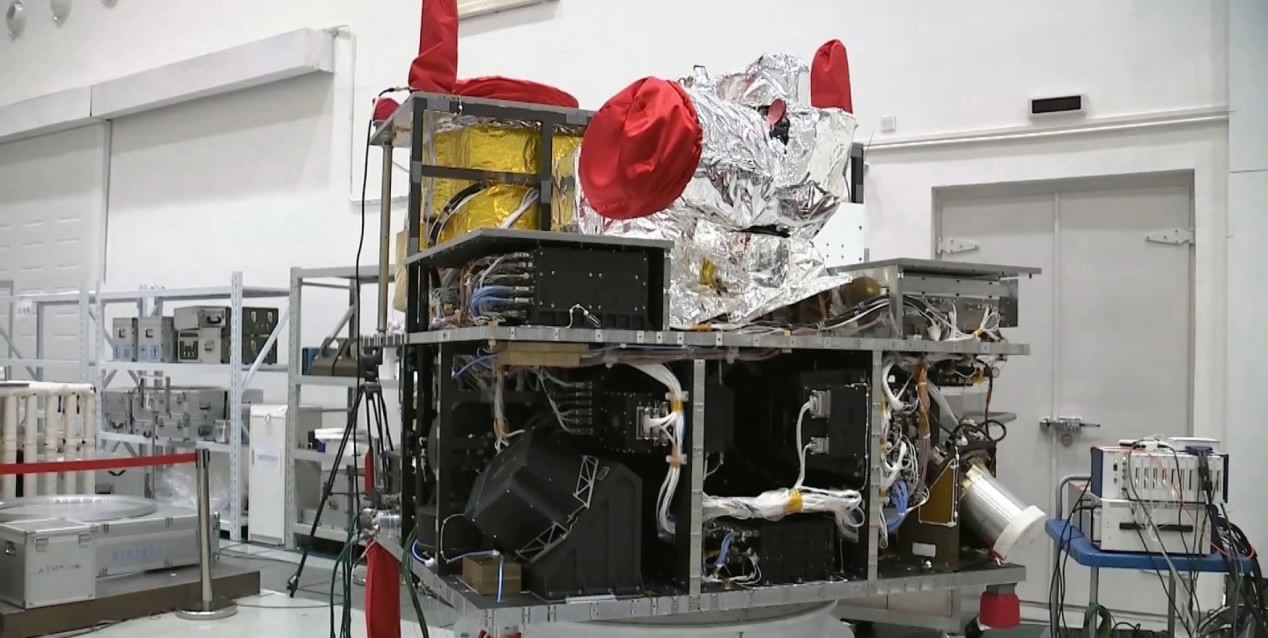
The Mozi/Micius satellite, before its space launch in August 2016./CGTN Photo
The Mozi/Micius satellite, before its space launch in August 2016./CGTN Photo
In 2010, the first large-scale quantum communication test network in China came under construction and started operation two years later.
In September 2017, the CAS announced that the world's first quantum-encrypted network was ready for use, which connects Beijing and Shanghai, reaching further to Mozi satellite out in space. The total bandwidth of the ground network is about 20 kilobits per second. (
Click here to read more about the network)
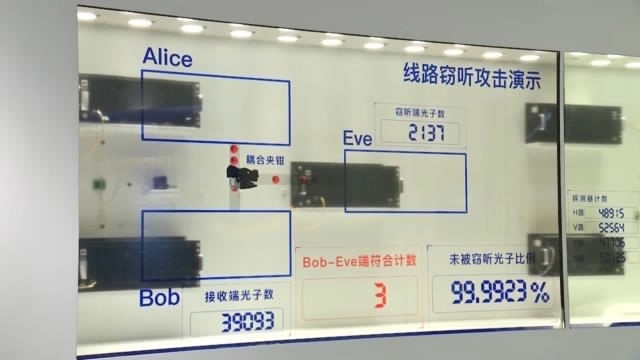
An attack simulator explain how the network is "unhackable" in the Beijing control center of the quantum network. /CCTV Photo
An attack simulator explain how the network is "unhackable" in the Beijing control center of the quantum network. /CCTV Photo
One month later, the world’s first quantum communication trunk line opened in China. Named "Shanghai-Hangzhou Quantum Communication Commercial Trunk Line (or Shanghai-Hangzhou trunk line)," the 260-kilometer-long line links Shanghai Municipality and the eastern city of Hangzhou, with a price tag of nearly 25 million US dollars.
On the same day, a video call was successfully made between scientists in Beijing and Vienna through a network built with quantum encryption. (Click here to read more about the
line and this
video call)
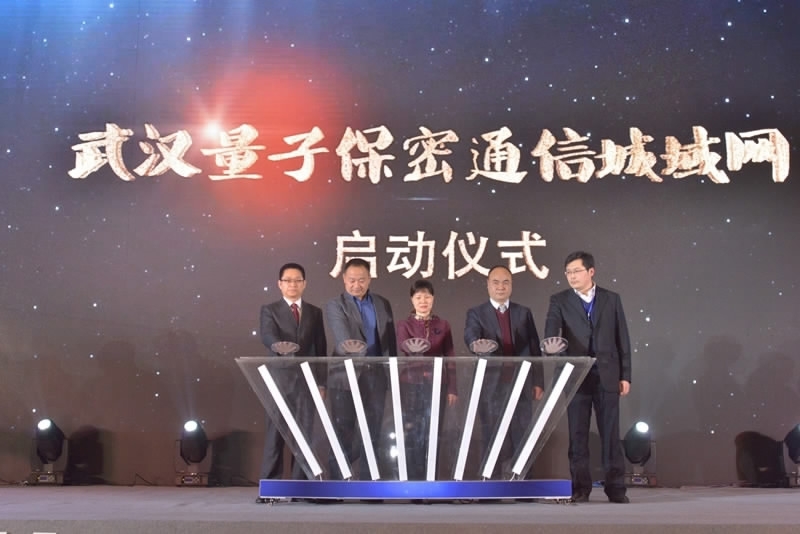
Officials at the launch ceremony for the quantum communication network./State Council Photo
Officials at the launch ceremony for the quantum communication network./State Council Photo
As the first commercial trial in the civilian application, a civilian quantum network was launched in Wuhan in November 2017. Considered a part of the Shanghai-Hangzhou trunk line, it is expected to connect the city's governing bodies, financial institutions, and other agencies to the communication system. (Click here to read more about
Wuhan quantum network)
In the theoretical field, China transmitted entangled photons across 1,200 km in June by using the Mozi satellite. It is over 10 times the distance achieved by land-based optical fibers. Moreover, the success lays a reliable technical foundation for large-scale quantum networking and quantum communication experimental research, as well as experimental testing of the basic principles of physics. (Click here to read more about the
achievement)
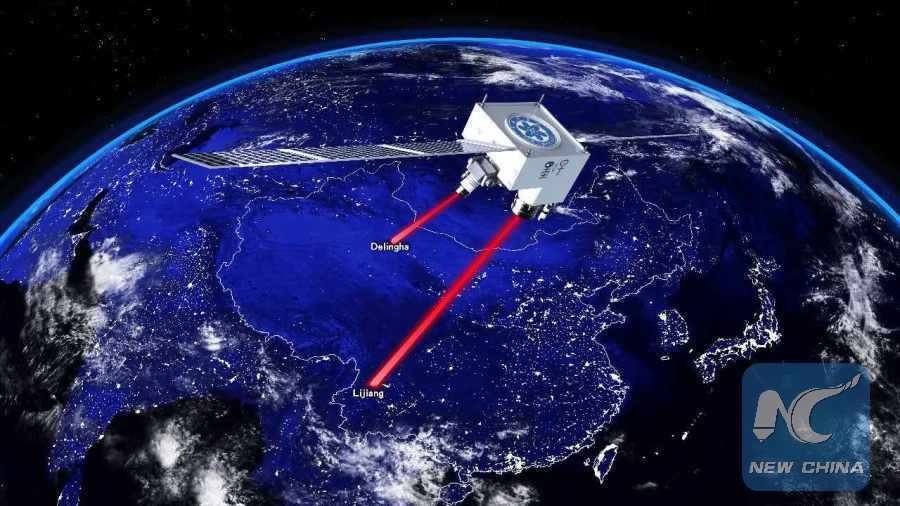
Quantum-communications satellite Mozi/Micius helped Chinese scientists with their achievements. /Xinhua Photo
Quantum-communications satellite Mozi/Micius helped Chinese scientists with their achievements. /Xinhua Photo
In July, Chinese scientists made another breakthrough in quantum technology, realizing long-distance free-space quantum key distribution during daylight. It allows the Mozi satellite to send photons during daytime and reduce the time it takes to send information back to the Earth. (Click here to read more about the
breakthrough)

